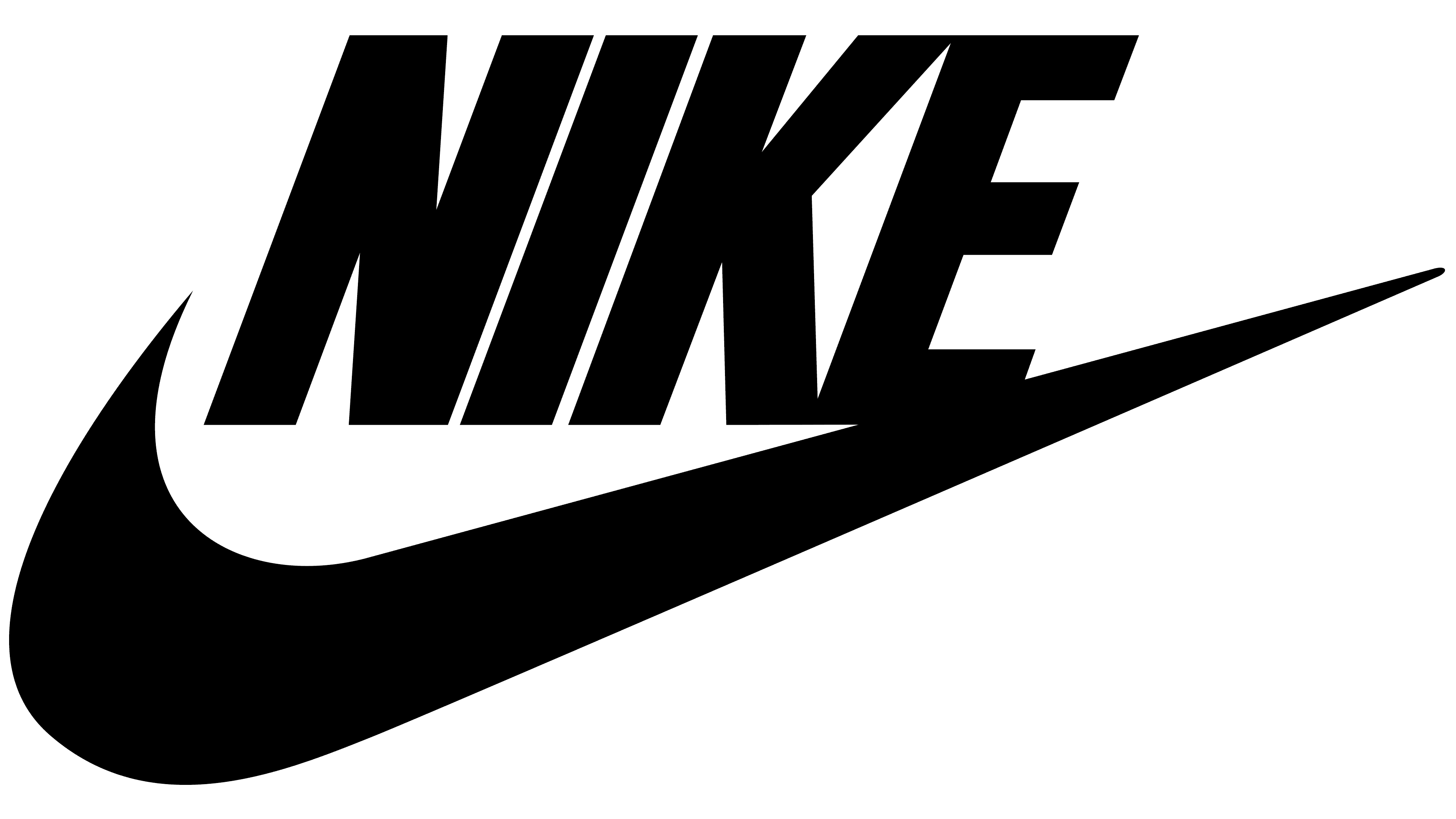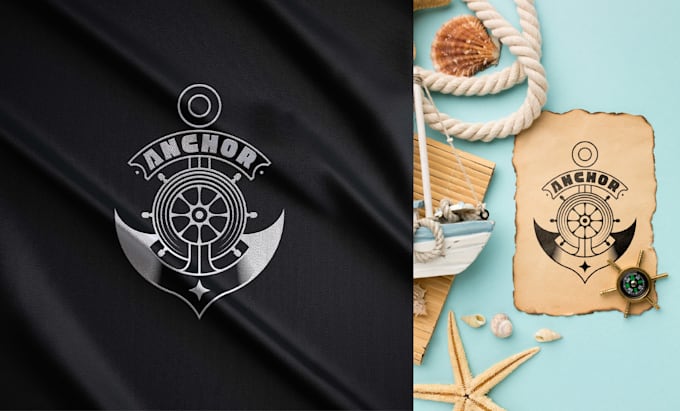Case Studies: Successful Company Logos and What Makes Them Work
A logo is more than just a pretty picture; it's the visual embodiment of a brand. A well-designed logo can leave a lasting impression, build brand recognition, and even influence consumer behavior. Let's dissect some iconic logos and understand the design principles that make them successful.
Case Study 1:
Nike - The Swoosh
Nike's logo, the Swoosh, is perhaps one of the most recognizable symbols globally. Its simplicity and versatility are its strengths.

- Simplicity: The Swoosh is a single, clean line that is easy to remember. It's versatile enough to work in various sizes and formats without losing its impact.
- Relevance: The Swoosh is often interpreted as representing motion, speed, and dynamism, aligning perfectly with Nike's brand positioning as a sports performance brand.
- Memorability: The Swoosh is iconic and instantly recognizable, even without the Nike wordmark.
Case Study 2:
Apple - The Apple
The Apple logo is another prime example of effective logo design.

- Simplicity: Like Nike, Apple's logo is minimalistic. The bitten apple is a unique and memorable shape.
- Storytelling: The bitten apple has a hidden story - a reference to the biblical story of Adam and Eve. It suggests knowledge and discovery, aligning with Apple's brand image as an innovator.
- Evolution: While the logo has evolved over the years, the core concept remains intact, demonstrating the power of a strong foundation.
Case Study 3:
Coca-Cola - The Script
Coca-Cola's logo is a classic example of the power of typography.

- Heritage: The flowing script conveys a sense of tradition and heritage, reinforcing Coca-Cola's status as an established brand.
- Memorability: The distinctive script is instantly recognizable, even in partial form.
- Emotional Connection: The logo evokes feelings of happiness and nostalgia, aligning with Coca-Cola's brand personality.
Case Study 4:
McDonald's - The Golden Arches
McDonald's golden arches are a symbol of fast food and American culture.
- Simplicity: The two arches are simple yet iconic.
- Memorability: The arches are easily recognizable, even from a distance.
- Brand Association: The golden arches are strongly associated with McDonald's and the experience of fast food.
Case Study 5:
Tesla - The T
Tesla's logo is a modern and minimalist take on a traditional symbol.

- Simplicity: The "T" is clean and modern, reflecting Tesla's focus on technology and innovation.
- Versatility: The logo works well in both horizontal and vertical formats.
- Future-Oriented: The design conveys a sense of forward-thinking and progress, aligning with Tesla's brand positioning.
What Makes These Logos Successful?
- Simplicity: All of these logos are relatively simple, making them easy to remember and reproduce.
- Relevance: Each logo is relevant to the brand's identity and values.
- Memorability: These logos are instantly recognizable and leave a lasting impression.
- Versatility: They can be used in various applications without losing their impact.
- Timeless: While some elements may have evolved, the core concept remains strong over time.
Key Design Principles
Based on these case studies, we can identify some key design principles for creating effective logos:
Our Sample Logo Designs for new Brands:


- Less is more: Simplicity is often key.
- Know your audience: The logo should resonate with the target market.
- Tell a story: A logo can communicate a brand's narrative.
- Be consistent: Maintain a consistent visual identity across all platforms.
- Think long-term: A good logo is timeless and can evolve with the brand.
By understanding these principles and studying successful logos, you can create a logo that effectively represents your brand and drives business growth.
Would you like to analyze a specific company's logo or explore other design elements like color psychology and typography in logo design?
Contact us for more details - CHECK HERE


Comments
Post a Comment